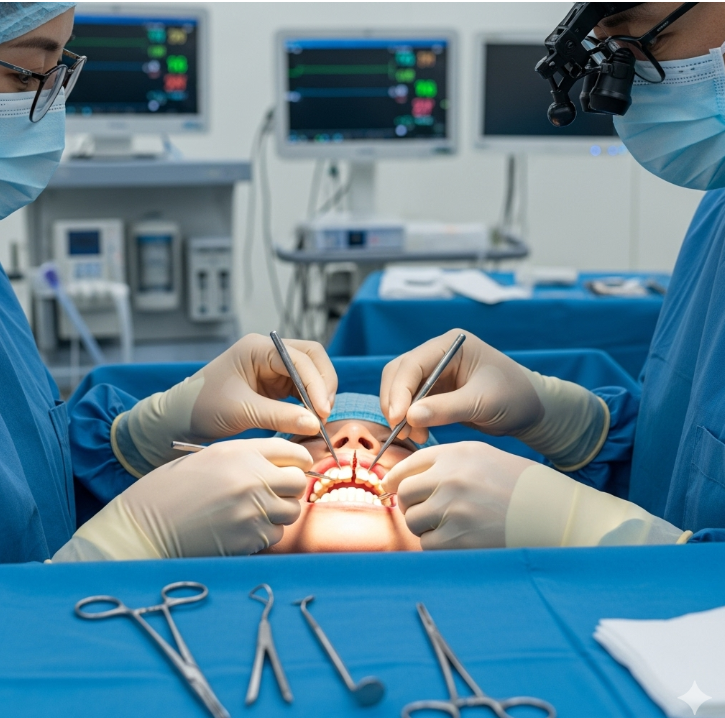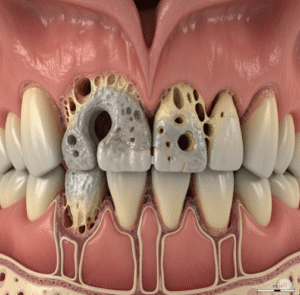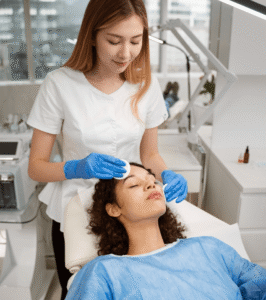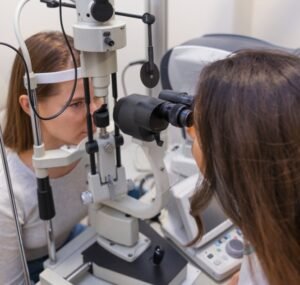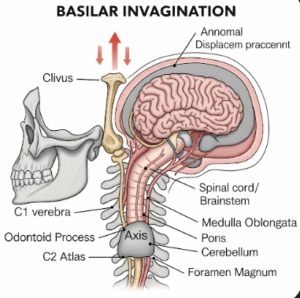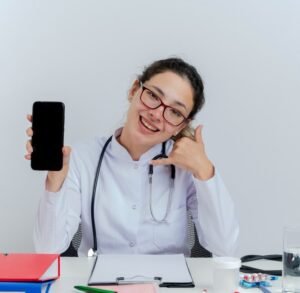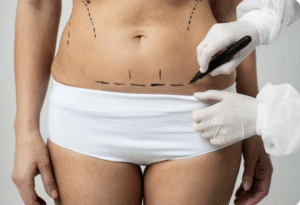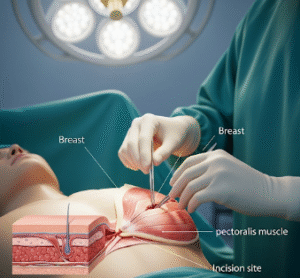What It Is
An alveolar bone graft is a surgical procedure to repair the bony defect in the gum line (alveolus) of patients born with a cleft lip and/or palate. This defect prevents proper eruption of teeth, affects dental arch stability, and may create communication between the nose and mouth.
In this surgery, bone—usually taken from the hip (iliac crest), tibia, or jaw—is transplanted into the alveolar cleft. The graft allows for tooth eruption, orthodontic alignment, and stabilization of the dental arch, while also improving speech and nasal support. In Korea, cleft teams perform this procedure with advanced imaging, orthodontic planning, and microsurgical precision for predictable results.
Why It’s Done
Patients undergo alveolar bone grafting because:
- They need bone support for the eruption of permanent teeth (especially the canine).
- The graft stabilizes the upper jaw and dental arch.
- It closes residual fistulas between the nose and mouth.
- It improves the nasal base and overall facial aesthetics.
Good candidates include:
- Children aged 7–11 years, before eruption of the permanent canine tooth.
- Adolescents and adults who missed earlier surgery but still require functional or orthodontic correction.
- Patients in good overall health with cleft-related alveolar defects.
Alternatives
- Observation: Without grafting, teeth may erupt abnormally or not at all.
- Prosthetics: Temporary dental bridges or devices may restore appearance but not long-term stability.
- Distraction osteogenesis: In rare cases, used for severe jaw deficiencies.
Preparation
Before alveolar bone grafting in Korea, patients will:
- Undergo orthodontic treatment to align teeth and open space for the graft.
- Have imaging (panoramic X-ray or CT scan) to evaluate the defect.
- Receive general health assessment for anesthesia clearance.
- Stop smoking and avoid certain medications that impair bone healing.
How It’s Done
- Anesthesia: General anesthesia is typically used.
- Bone harvest: Bone is taken from the hip (most common), tibia, or mandible.
- Graft placement: The harvested bone is placed into the alveolar defect.
- Stabilization: The graft is shaped and packed tightly to allow integration.
- Closure: Surrounding tissues are sutured for healing.
- Duration: 1–2 hours depending on complexity.
Recovery
- First week: Swelling, mild pain, and discomfort at both donor and graft sites.
- Hospital stay: Usually 2–5 days.
- Diet: Soft foods for 1–2 weeks to protect the graft.
- Healing: Bone integrates with the jaw within 3–6 months.
- Final results: Stable bone structure allowing tooth eruption and orthodontic correction.
Possible Complications
- Partial bone resorption (may require repeat grafting).
- Infection at donor or graft site.
- Delayed healing or fistula recurrence.
- Numbness at donor site (temporary in most cases).
Treatment Options in Korea
Diagnosis
Korean cleft teams use 3D CT imaging, dental scans, and orthodontic evaluations to plan timing and extent of grafting.
Medical Treatments
- Orthodontics before and after surgery.
- Speech therapy if nasal-speech issues persist.
Surgical or Advanced Therapies
- Conventional iliac crest bone graft for standard clefts.
- Minimally invasive tibial grafts for smaller defects.
- Allogenic or synthetic bone substitutes in selected cases.
- Combined alveolar grafting with nasal or lip revision for better aesthetics.
Rehabilitation and Support
- Orthodontic treatment post-surgery to align teeth into the grafted bone.
- Long-term monitoring of dental eruption and jaw growth.
- Scar care and speech support if needed.
- International patients benefit from Korea’s multidisciplinary cleft centers, advanced imaging, and coordinated orthodontic-surgical care.

